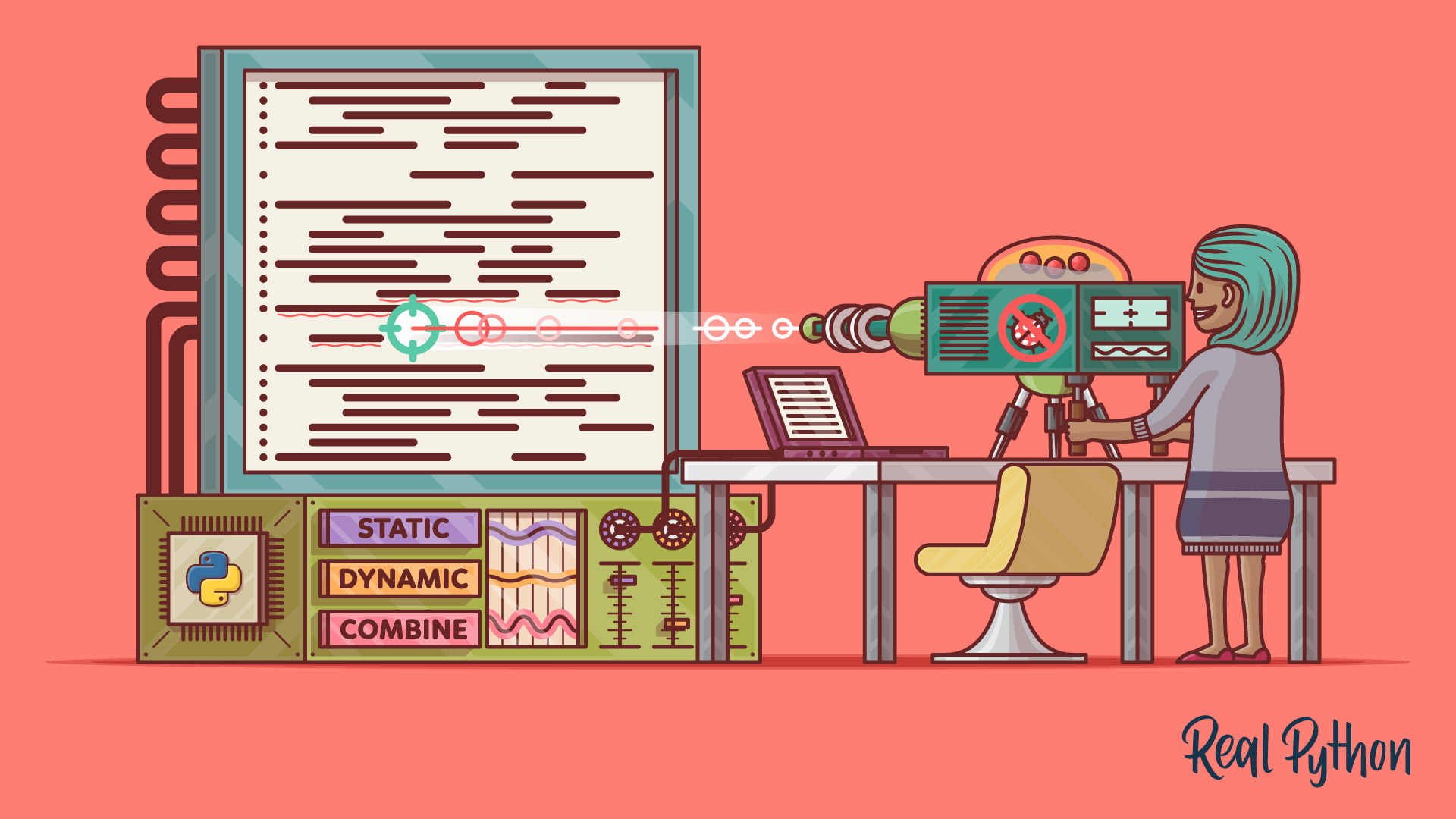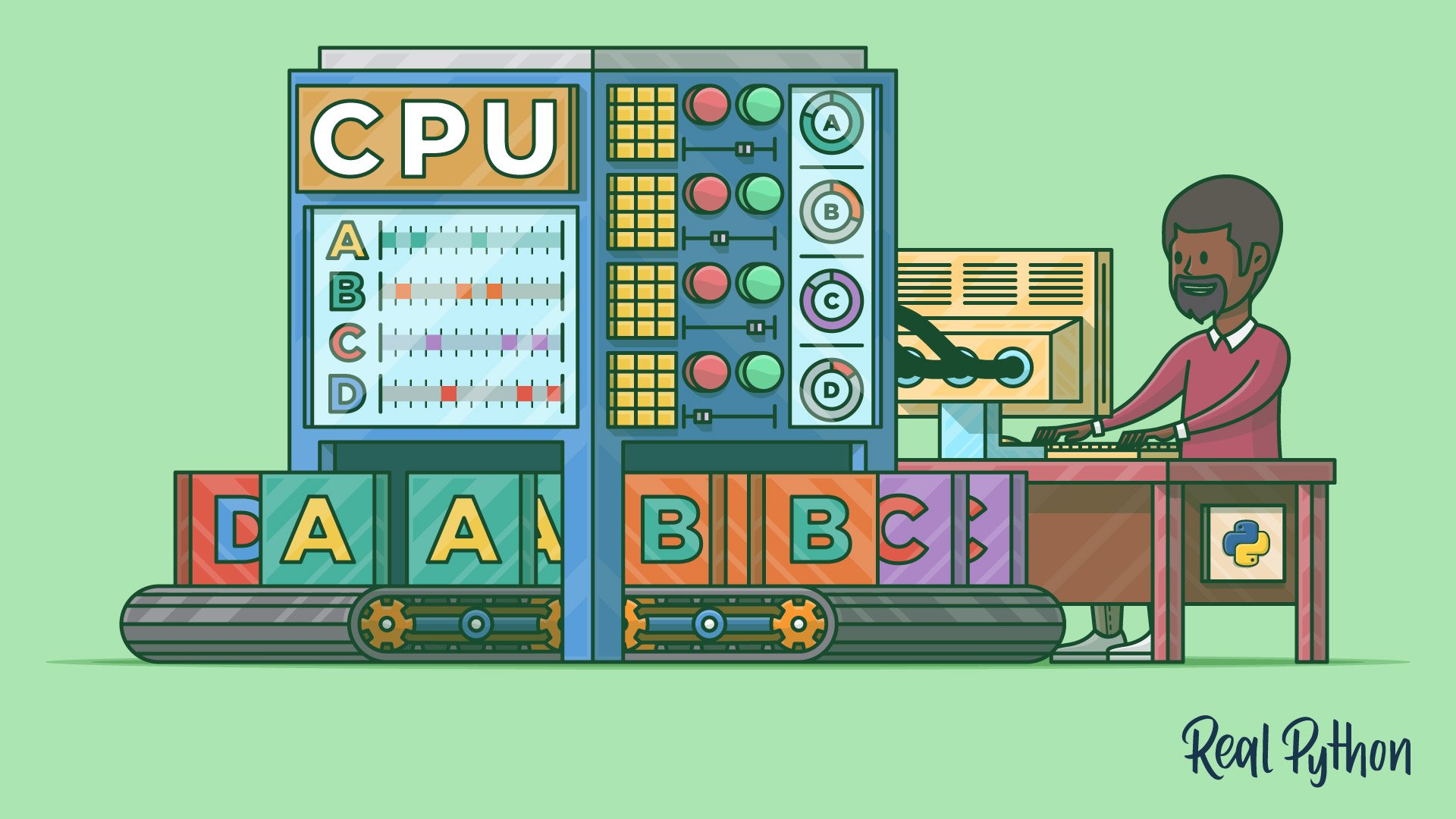In Python, a protocol specifies the methods and attributes that a class must implement to be considered of a given type. Protocols are important in Python’s type hint system, which allows for static type checking through external tools, such as mypy, Pyright, and Pyre.
Before there were protocols, these tools could only check for nominal subtyping based on inheritance. There was no way to check for structural subtyping, which relies on the internal structure of classes. This limitation affected Python’s duck typing system, which allows you to use objects without considering their nominal types. Protocols overcome this limitation, making static duck typing possible.
In this video course, you’ll:
- Gain clarity around the use of the term protocol in Python
- Learn how type hints facilitate static type checking
- Learn how protocols allow static duck typing
- Create custom protocols with the
Protocolclass - Understand the differences between protocols and abstract base classes
What’s Included:
- 9 Lessons
- Video Subtitles and Full Transcripts
- 2 Downloadable Resources
- Accompanying Text-Based Tutorial
- Interactive Quiz to Check Your Progress
- Q&A With Python Experts: Ask a Question
- Certificate of Completion
Downloadable Resources:













